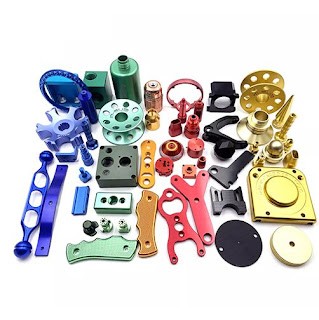What Happens at A Seafood Processing Plant?
Note: Each step in the seafood production chain has its importance, but they work together to create the best quality products for consumers. We will highlight each stop along the production chain to pull back the curtain and explain what happens there. We're starting with the processing plant, as that's the stop that both wild and farmed seafood go through.
What is a seafood processing plant?
Seafood processing plants, also known as plants or processors, are facilities in which a range of procedures are done to prepare wild-caught and/or farmed seafood for eventual retail and consumption.
As seafood is highly perishable, special care is needed to preserve it after harvesting – this is where plants come in. Some facilities have both seafood farms and plants connected, some are onboard fishing vessels, and some plants are standalone.
What happens at a seafood processing plant?
As there is huge variety in species of seafood consumed worldwide, there is no uniform procedure for processing. However, there is a general flow of product that happens at most processing plants, with the ultimate goal being to preserve the shelf life of the seafood.
Steps of production at seafood processing plants:
1. Receipt of the product
2. Processing which can include washing, chilling, skinning, gilling and gutting, filleting, shucking, cooking, smoking, salting, drying, preserving, or canning (this step varies depending on which species of seafood is being processed and if it is sold fresh or frozen)
3. Storing
4. Dispatching
5. Transporting (except from retail premises to consumer, or in a vehicle from which the seafood will be sold by retail)
Arguably the most important aspect of processing is the hygiene, handling, and food safety controls in place.
Why are seafood processing plants important?
Without seafood processing plants, the shelf lives of seafood products would be much shorter. Additionally, plants are the step in the seafood production chain which gives the product a form that is appealing to the consumer (for example, skinning and deheading fish).
Plants also help reduce food loss and food waste. Naturally, there are a lot of by-products in seafood processing (bones, shells, heads, etc.), and processing plants work to minimize the amount of waste in the production chain. These by-products can be used in animal feed ingredients (fishmeal and fish oil), biofuel and biogas, pharmaceuticals (omega-3 oils), and fertilizer. Using by-products from already processed seafood products helps reduce the pressure on fisheries resources.
Foshan Zolim Technology Co., Ltd is a professional research, producer and exporter of seafood processing machinery. If you are interested in our shrimp processing equipment or fish processing equipment, please contact us now!
Related Products:
Fish Processing Equipment Manufacturers
Fish Processing Equipment Suppliers



评论
发表评论